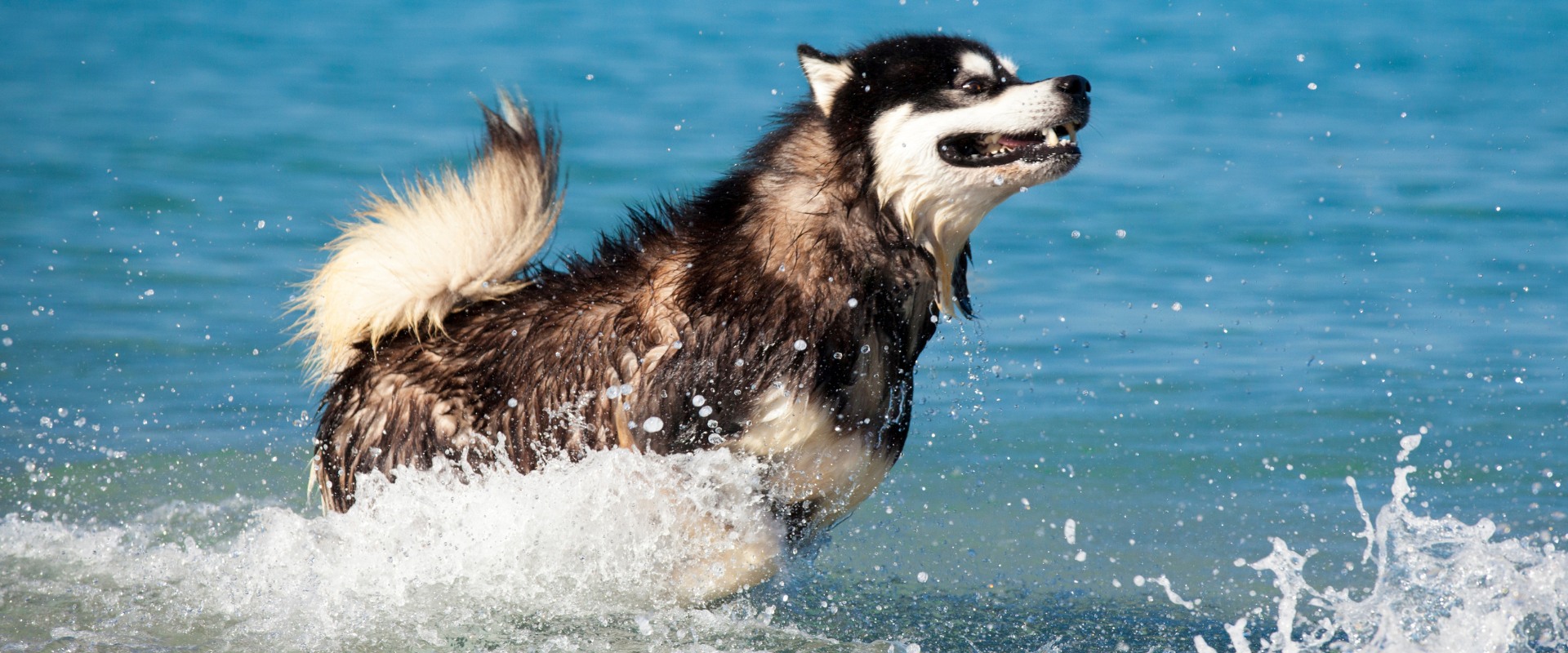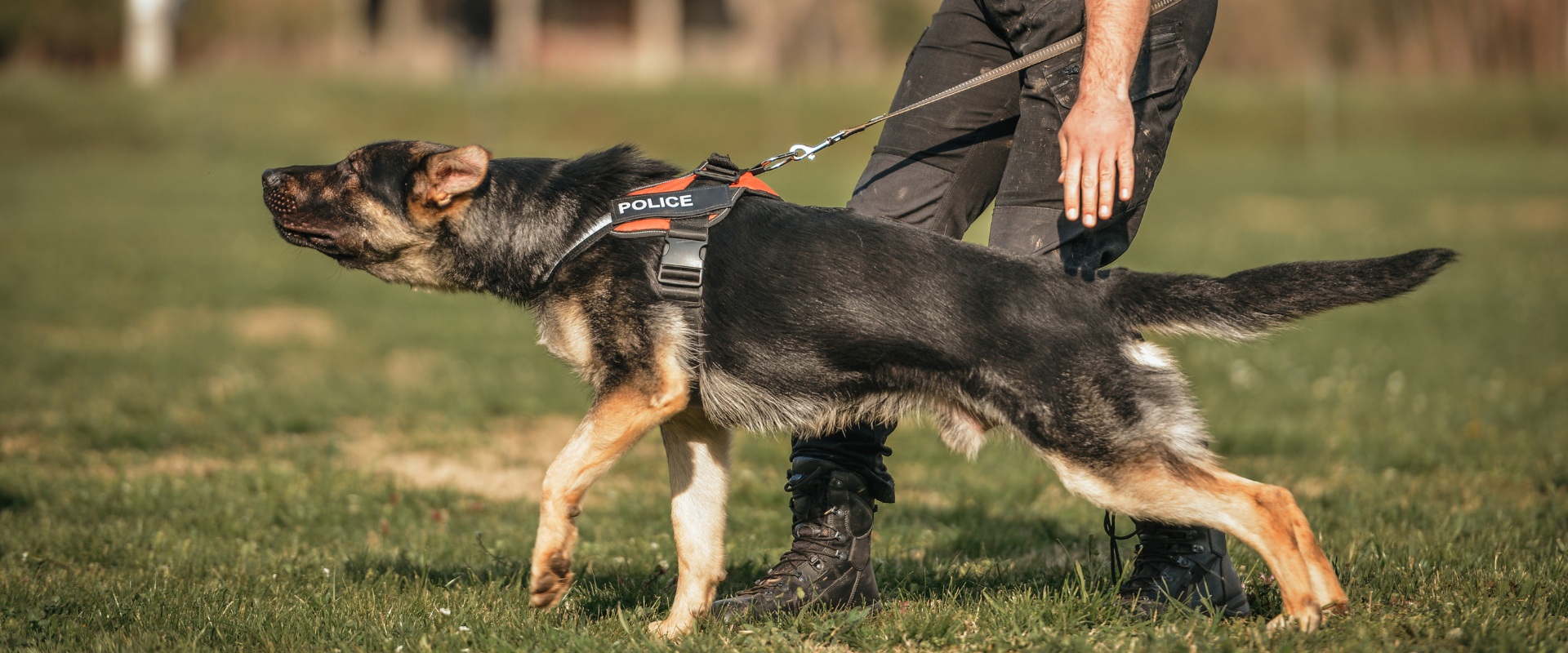Alaskan Malamute Training: A Guide to Unlocking Your Gentle Giant's Potential
The Alaskan Malamute, a majestic dog breed known for its thick fur, strength, and endurance, is also a gentle giant with a playful spirit. However, their independent streak and strong working instincts can make training them a unique challenge. But fear not, Malamute lovers! With patience, consistency, and the right approach, you can unlock your furry friend’s full potential and build a rewarding relationship based on mutual respect.
Understanding the Alaskan Malamute
Before diving into training, it’s crucial to understand what makes the Malamute tick. These Spitz-type dogs were bred for centuries to pull sleds in harsh Arctic conditions. This heritage instilled in them several key traits that influence their trainability:
- ndependent Thinkers: Malamutes are problem solvers, not blind followers. They’ll often assess a situation and decide if a command is worth obeying.
- Strong Prey Drive: Their natural instinct to chase small animals can make walks and training sessions challenging.
- High Energy: Bred for pulling heavy loads, Malamutes need plenty of exercise to stay happy and well-behaved.
- Vocal: Malamutes don’t bark much, but they do love to “woo-woo” to express themselves, which can sometimes be mistaken for disobedience.
Appearance
Alaskan Malamutes are large dogs, with males standing 23 to 25 inches tall at the shoulder and weighing 75 to 85 pounds. Females are slightly smaller, standing 21 to 23 inches tall and weighing 60 to 70 pounds.
Malamutes have a thick, double coat that is usually gray, black, or white. Their coat is designed to protect them from the cold weather of the Arctic.
Temperament
Alaskan Malamutes are gentle giants with a playful spirit. They are loyal and affectionate dogs that make great family pets. However, they can be independent and stubborn, so they need early training and socialization.
Grooming
Alaskan Malamutes require regular grooming to keep their thick coat healthy. They should be brushed at least once a week, and more often during shedding season.
Training
Alaskan Malamutes can be challenging to train, but it is important to start early and be patient. Positive reinforcement is the best way to train a Malamute.

Positive Reinforcement: The Key to Success
orget harsh commands and punishment. Positive reinforcement is the golden rule for Malamute training. This method rewards good behavior with treats, praise, or playtime, making learning enjoyable and strengthening your bond. Here are some key tips:
✤ Start Early: Begin training your Malamute puppy as soon as they come home. Puppies are eager to please and learn quickly.
✤ Keep it Short and Sweet: Malamutes have short attention spans. Use short training sessions (5-10 minutes) throughout the day to keep them engaged.
✤ Be Consistent: Use the same cues and rewards every time, and stick to a regular training schedule.
✤ Make it Fun!: Incorporate games and activities into your training sessions to keep things interesting for both of you.
✤ End on a Positive Note: Always finish your training session on a successful command to leave your Malamute feeling accomplished.
Common Training Challenges and Solutions
Here are some common challenges you might face while training your Malamute, along with solutions to overcome them:
✣ Pulling on Leash: Malamutes love to pull! Use a harness instead of a collar and practice the “heel” command in low-distraction environments. Gradually increase the difficulty as your Malamute masters the basics.
✣ Wandering Off: Their strong prey drive can lead them astray. Keep your Malamute on a leash or in a secure fenced area during walks and playtime.
✣ Destructive Chewing: Provide your Malamute with plenty of chew toys and redirect their chewing behavior to appropriate outlets.
✣ Vocalization: Malamutes love to “talk.” While you can’t train them to be completely silent, you can teach them “quiet” cues to manage their vocalizations.
Remember, patience and consistency are key!
Training your Alaskan Malamute takes time, dedication, and a healthy dose of humor. But with the right approach, you can build a strong, trusting relationship with your furry friend and enjoy their playful, loyal companionship for years to come.



